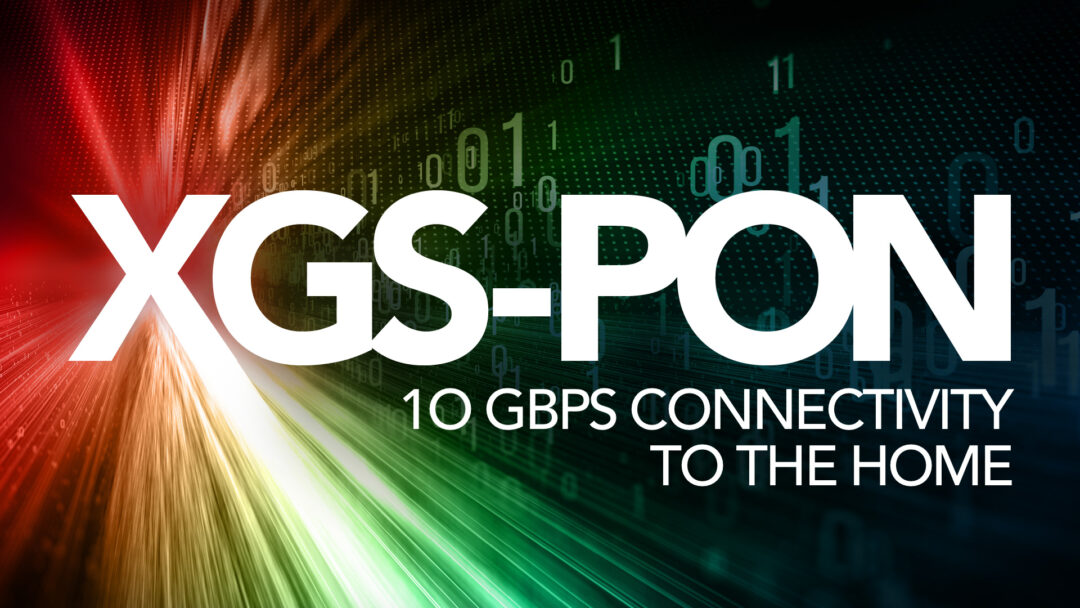
As the state of Michigan pushes technological boundaries, providing connectivity to underserved communities is a priority. Fiber to the Home (FTTH), Fiber to the Business (FTTB), and Fiber to the Curb (FTTC) initiatives are being brought to life with Passive Optical Networks (PON). A PON is a point-to-multipoint service distribution network that uses passive splitters and wave-division multiplexing to channel a single-mode fiber connection to multiple end-users.
How PON Works:
PON allows small and medium Michigan businesses not directly connected to fiber optic cable services to enjoy the speed and safety of fiber optics without heavy installation and upgrade costs. With PON, only the last mile of fiber is altered. The head-end Optical Line Terminal transmits the signal through a passive optical splitter and onto the end-user Optical Network Unit (ONU). Data is encrypted and sent to the specific ONU. This way, multiple end-users enjoy the speed and security of fiber optic networks without costly construction and upgrades.
XGS-PON is a faster, higher-bandwidth version of PON, supporting up to 10 Gbps symmetrical speeds. This upgrade offers many benefits to users and service providers alike, such as:
1). Cost & Energy Efficient
Typically, running a network requires constant electricity, however with XGS-PON, the device that splits the circuit (a splitter) is completely passive, meaning less energy expenditure throughout the system. PON has over a 12 Mile range with no active equipment. As well, by only using one fiber for multiple people, the cost of setting up the network and maintaining it goes down significantly. This is a huge advantage for people that want to connect to fiber but are not interested in a hefty price tag.
2). FTTH Capabilities
Due to families streaming on multiple devices and utilizing video conferencing applications, consumer data demands for speed and bandwidth have increased. XGS-PON is up to 400 times faster than traditional DSL, providing up to 10 Gbps symmetrical upload and download speeds.
3). Longer Life Expectancy
XGS-PON allows multiple users to access the network at the same time without affecting a user’s internet experience. This is due to true symmetrical speeds and scalable capacity. Fiber also has a life expectancy beyond 25 years saving consumers money in the long run. There are also fewer technical issues with fiber eliminating many repair costs.
123NET is currently using XGS-PON in new residential deployments. Explore Our Residential Home Fiber Internet Offerings.




